Lower cost handheld water quality tester with 2-in-1 design focusing on measuring hydrogen concentration and temperature. With advanced sensor technology and an easy-to-read digital display, this digital water quality tester provides quick and accurate results, allowing users to assess the quality and antioxidant potential of hydrogen-rich water anytime, anywhere.
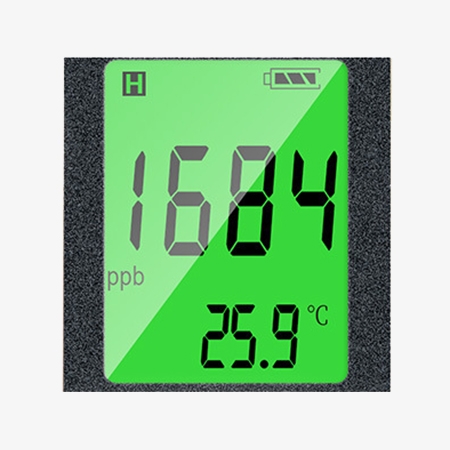
Large Display for Intuitive Readings
- Large Display for Clear Readings: SISCO digital water quality tester equipped with a big, easy-to-read digital screen that provides clear measurement results at a glance, making data observation more intuitive.
- User-Friendly Operation: Simple button layout and responsive interface allow quick testing without complex setup, ideal for both professionals and beginners.
- Compact and Handheld Design: Lightweight body and ergonomic grip make it easy to carry and operate with one hand, perfect for field or laboratory use.
- Auto Calibration Function: Features automatic calibration to maintain consistent accuracy and reduce maintenance effort.
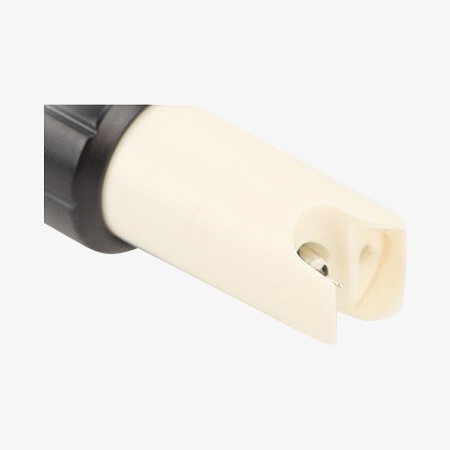
High-Precision WaterproofProbe for Precise and Responsive Measurements
- High-Precision Waterproof Probe: Equipped with a durable, waterproof sensor that ensures accurate and stable readings even in challenging environments.
- Fast Response Sensor: The sensitive probe reacts quickly to changes in water quality, allowing instant and reliable measurement results.
- Durable Construction: Designed with corrosion-resistant materials to maintain long-term accuracy and performance during repeated use.
- Consistent Accuracy: Provides precise measurement across multiple parameters, ensuring dependable results for both professional and daily water testing.
Dimension

Applications
SISCO's multi-functional water quality tester, with its high precision and versatility, provides reliable water quality testing solutions in various environments. Whether it's monitoring drinking water quality, food salinity or adjusting and maintaining the water quality in hydroponics systems, it allows users to quickly and accurately measure key indicators such as Total Dissolved Solids (TDS), Electrical Conductivity (EC), salinity and pH levels. Additionally, it is ideal for testing swimming pool water, helping users balance the water quality by adjusting pH levels to maintain a healthy swimming environment. Whether for home use or commercial applications, this water quality tester meets a wide range of water testing needs.
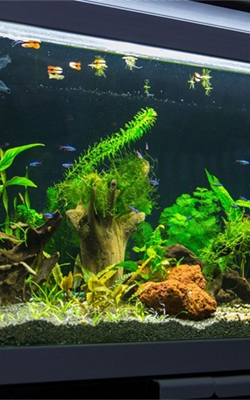
Aquarium Water
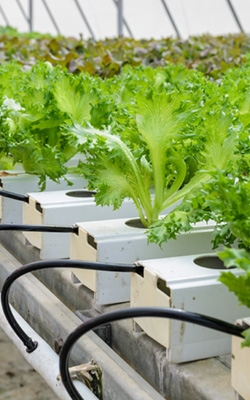
Hydroponics

Food Salinity
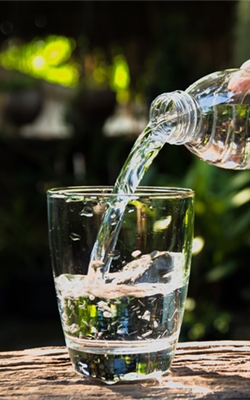
Drinking Water
| Model | SISCO-WQT-YY-400H |
| Voltage | 4.5V |
| Battery | 3*1.5" LR44 button cells |
| Function | H2/TEMP |
| Measuring Range | H2: 0-24,000 ppd; TEMP: -20-60°C |
| Material | ABS |
| Accuracy | ±0.01ppm |
| Resolution | 0.001 |
| Waterproof Rating | IP67 |
| Dimensions | 183*37mm |
| Weight | 80g |
Q1: What is a good TDS reading for drinking water?
A1: A good Total Dissolved Solids (TDS) reading for drinking water typically falls between 50 and 300 parts per million (ppm). Water with TDS levels within this range is generally considered safe and palatable, providing a balance of essential minerals without affecting taste or quality. While the World Health Organization (WHO) suggests that water with TDS levels below 300 ppm is acceptable, levels below 50 ppm may lack necessary minerals, and readings above 300 ppm can indicate excessive impurities or high mineral content, which could affect the taste and potentially pose health concerns over long-term consumption.
Q2: What parameters can a water quality tester measure?
A2: A water quality tester can measure several key parameters to assess the safety and purity of water. Common measurements include Total Dissolved Solids (TDS), which indicates the concentration of dissolved substances like minerals and salts; Electrical Conductivity (EC), which reflects the water’s ability to conduct electricity and indirectly shows the level of ionized substances; and pH levels, which determine the acidity or alkalinity of the water. Some testers also measure temperature, as it can affect other readings, and dissolved oxygen (DO), which is critical for aquatic life. Additionally, advanced testers may monitor turbidity, chlorine levels, and specific contaminants like nitrates or heavy metals. These parameters together give a comprehensive overview of water quality.
Q3: How to calibrate water quality tester?
A3: Calibrating a water quality tester is essential for ensuring accurate measurements. The calibration process typically involves using standard solutions with known values for the specific parameters you intend to measure, such as pH, TDS, or EC. Start by rinsing the electrode or probe with distilled water to remove any contaminants. Then, immerse it in the calibration solution that corresponds to the parameter being calibrated. For pH meters, you may need to use multiple standard solutions (commonly at pH 4.00 and 7.00) to create a calibration curve. Follow the manufacturer's instructions to set the meter to recognize these values, usually by pressing a calibration button and allowing the device to adjust to the known readings.
After calibration, it is important to verify the accuracy of the tester by measuring a third standard solution to ensure the readings are consistent. If the readings deviate significantly from the expected values, repeat the calibration process. Regular calibration is advised, especially before critical measurements or after extended periods of non-use, as factors like temperature and electrode wear can affect accuracy. Keeping a calibration log can also help track when the device was last calibrated and maintain consistent measurement standards over time.
Tips: Why is measuring hydrogen concentration important?
Measuring hydrogen concentration is important because it determines the amount of dissolved molecular hydrogen (H₂) in the water — the key active component that provides health benefits in hydrogen-rich water.
Higher hydrogen concentration indicates stronger antioxidant capacity, which helps neutralize harmful free radicals in the body, reduce oxidative stress, and promote overall wellness. By testing hydrogen concentration, users can ensure their hydrogen water generator or bottle is producing effective, high-quality hydrogen-rich water for maximum benefit.
Thank you for buying industrial test and measurement equipment on SISCO.com, all products sold by SISCO and the partner cover a 12 months warranty, effective from the date of receiving the products.
What is covered?
SISCO is responsible for providing free spare parts, and free technical support to assist the customer to repair the defective products until the problem is solved.
What is not covered?
- Product purchased from anyone other than a SISCO store or a SISCO authorized reseller.
- Expendable parts.
- Routine cleaning or normal cosmetic and mechanical wear.
- Damage from misuse, abuse or neglect.
- Damage from use of parts other than SISCO approved.
- Damage from use outside the product’s usage or storage parameters.
- Damage from use of parts not sold by SISCO.
- Damage from modification or incorporation into other products.
- Damage from repair or replacement of warranted parts by a service provider other than a SISCO authorized service provider.
- Damage caused by the application environment not meeting the product usage requirements and the failure to perform preventive maintenance.

